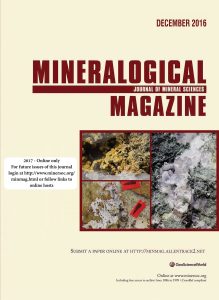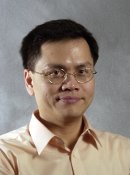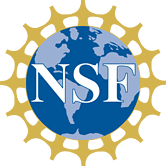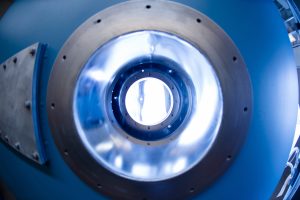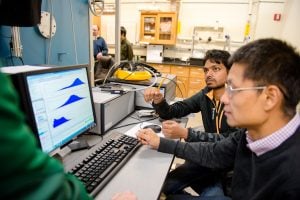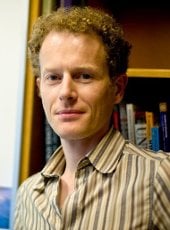In Mineralogical Magazine’s recent newsletter, the International Commission on New Minerals, Nomenclature and Classification announced twelve new minerals that were approved by the commission in November.
Among them is a new bismuth and gold sulfide [Bi3S3][AuS2] from Alsó-Rózsa adit, Nagybörzsöny Mountains, Pest Co., Hungary named jaszczakite, in honor of Michigan Tech professor John Jaszczak (Physics).
The new mineral was proposed by Luca Bindi (Università di Firenze, Italy;) and Werner Paar (Salzburg, Austria).
